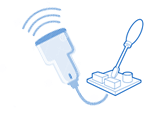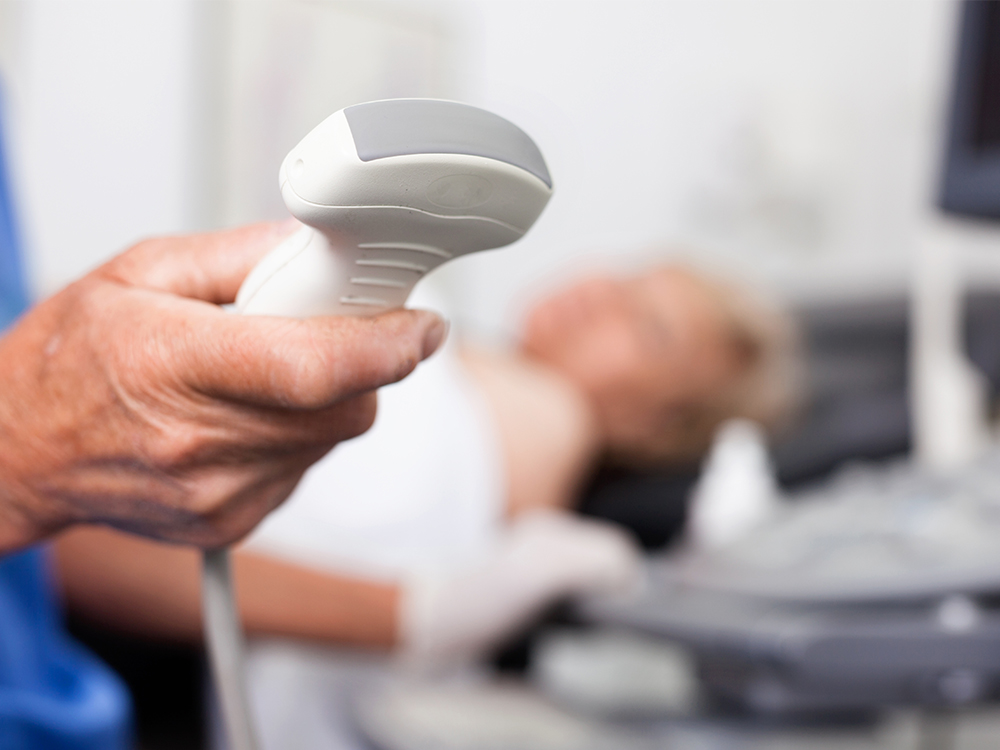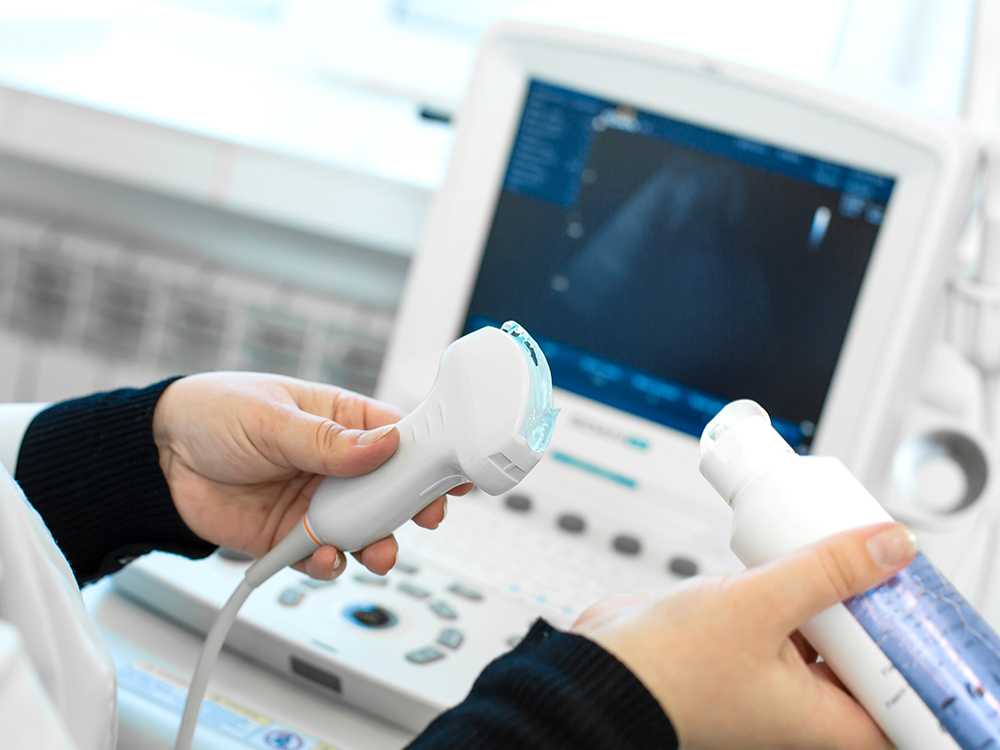3 Steps to Troubleshoot Common Ultrasound Network Connectivity Issues
November 20, 2020
By Ebba Al-Muaalem, Customer Service Engineer for Med Vest Technology
Imaging modalities today all connect to the network, whether through a hard wire connection or wirelessly. When I’m tasked to resolve a network-related issue, I always try to follow a simple process and start with easy fixes. In this article, I’ll discuss the most common reasons for network failure in ultrasounds and share my troubleshooting tips.
As with any issue, the first step is understanding the problem. Network failures usually fall into three categories: physical, network settings, or PACS or DICOM administrative settings.
1. Physical Damage or Connectivity Issues
Whether it’s the network cable, the network wall socket or the NIC card on the ultrasound, it’s important to inspect all physical connections. Is the cable secure in the wall and system, was it fully unplugged when the system was last portable, or was it torn out of the socket? Are the pins in the RJ45 connectors intact on the panel and on the wall? Is the cable damaged? If the answer is yes to any of these questions, then the solution is as simple as replacing the cable or testing the wall socket. You should always carry an RJ45 cable with you to see if a new cable could fix the issue.
2. Network Settings on the Device
If these settings are done by someone with experience, then they go by like a breeze. There is confusion, however, when the settings have been configured incorrectly because the staff member didn’t understand the basic process. For example, I once had a customer who had entered 3 numbers instead of 4 numbers and checking the information first allowed me to resolve the issue quickly. Always double check the simple and obvious things.
The most important configurations you need to check are:
- AE Title
- IP Address
- Device Name/Computer Name
- Port
To verify the connection is corrected, you can use a verify or test button or send a test image. If the problem persists, you can use your laptop to help resolve the issue or at least trace the problem. Attach a network cable to your computer, go to Start / Programs / Accessories / Command, and send a ping command to the destination device by entering the IP address of the destination device. If the ping returns OK, you obviously have a machine problem. If this is not the case, there could be issues with the facility equipment, switches, hubs, routers or the individual PACS unit.
3. PACS and DICOM administrator side
DICOM, or Digital Imaging and Communication in Medicine, refers to a standard used to simplify communication across modalities from different manufacturers. PACS, or Picture Archiving and Communication System, refers to medical image and archiving system which receives images and reports via DICOM. PACS can be managed by the IT department in a hospital, a server, or even a cloud-based system. A lot of times communication and networking problems for ultrasounds could be caused by a firewall on the PACS and DICOM side. If you suspect this is the case, check with the PACS administrator or IT person to grant access allowing full communication with the imaging modality.
If all hardware and software is working properly on the imaging device, the problem could be on the receiving end. This could be anything from an improper setup, a malfunctioning connector, or a duplicate IP address. Another way to test the connection is to use the TCP/IP Ping command to check the basic connectivity, including the network, router, etc. Second, use the DICOM verification, aka Echo, or DICOM Ping command.
It's also a good idea to have a DICOM application on your laptop. There are several free DICOM software applications on the Internet. By using one of these, you can configure your laptop to mimic the PACS server and send ultrasound exams to your device using a crossover cable. This is a perfect way to prove that the imaging device is working as it should be.
Troubleshooting using common physical, networking, and administrative issues of ultrasound connectivity will resolve most network problems, or at least eliminate a list of many possible causes. If your facility is still experiencing network connectivity problems after going through these tips, experienced technical support representatives from Med Vest Technology can help.




